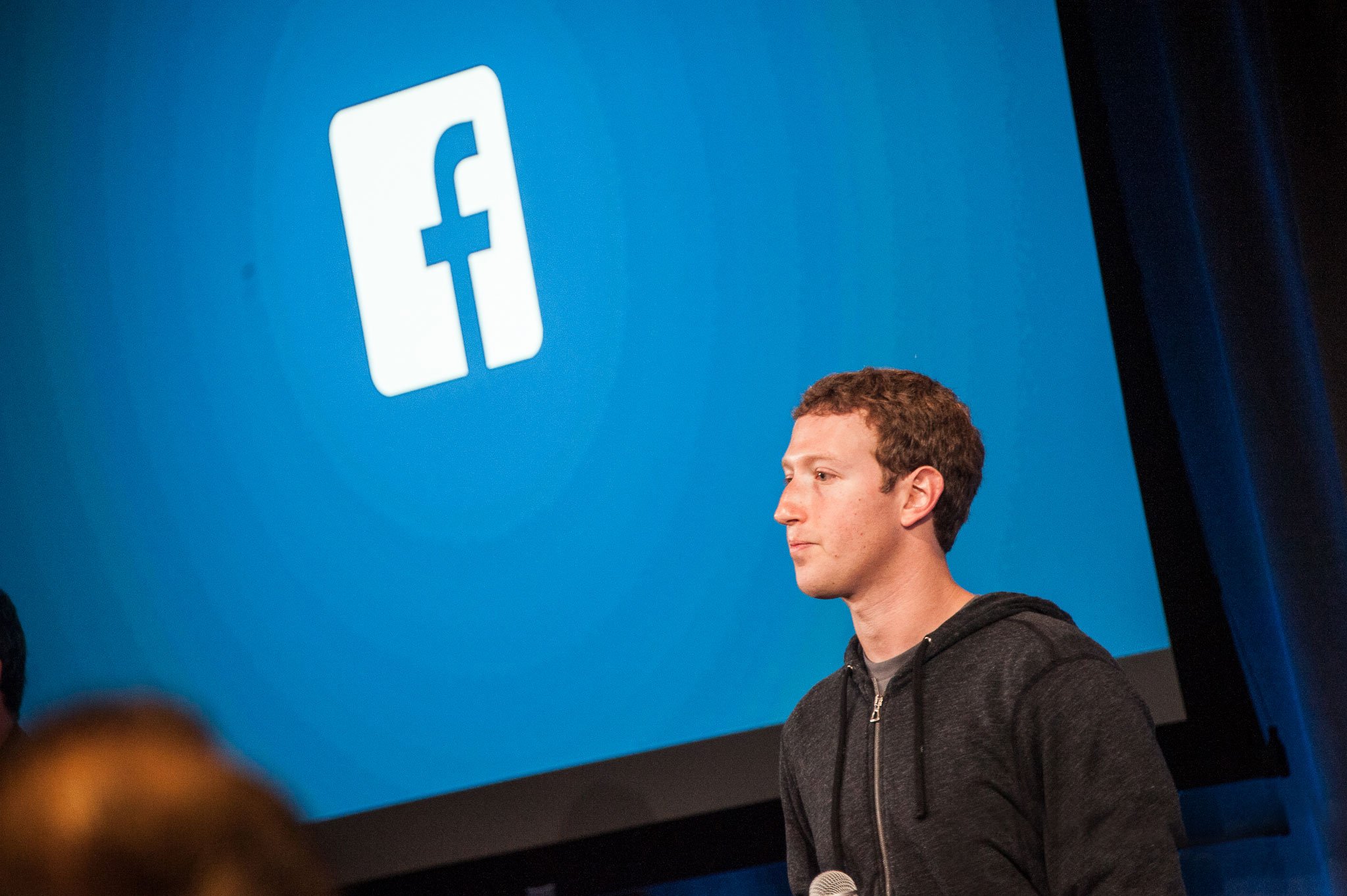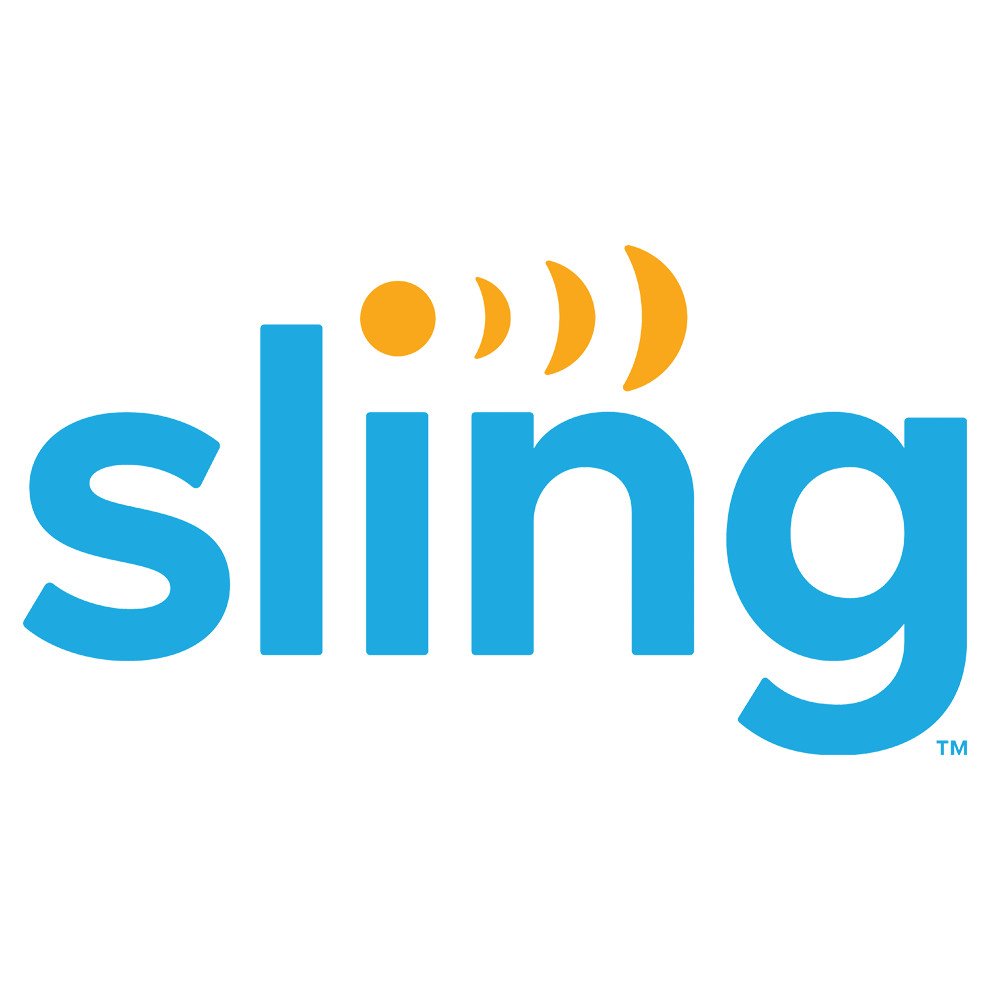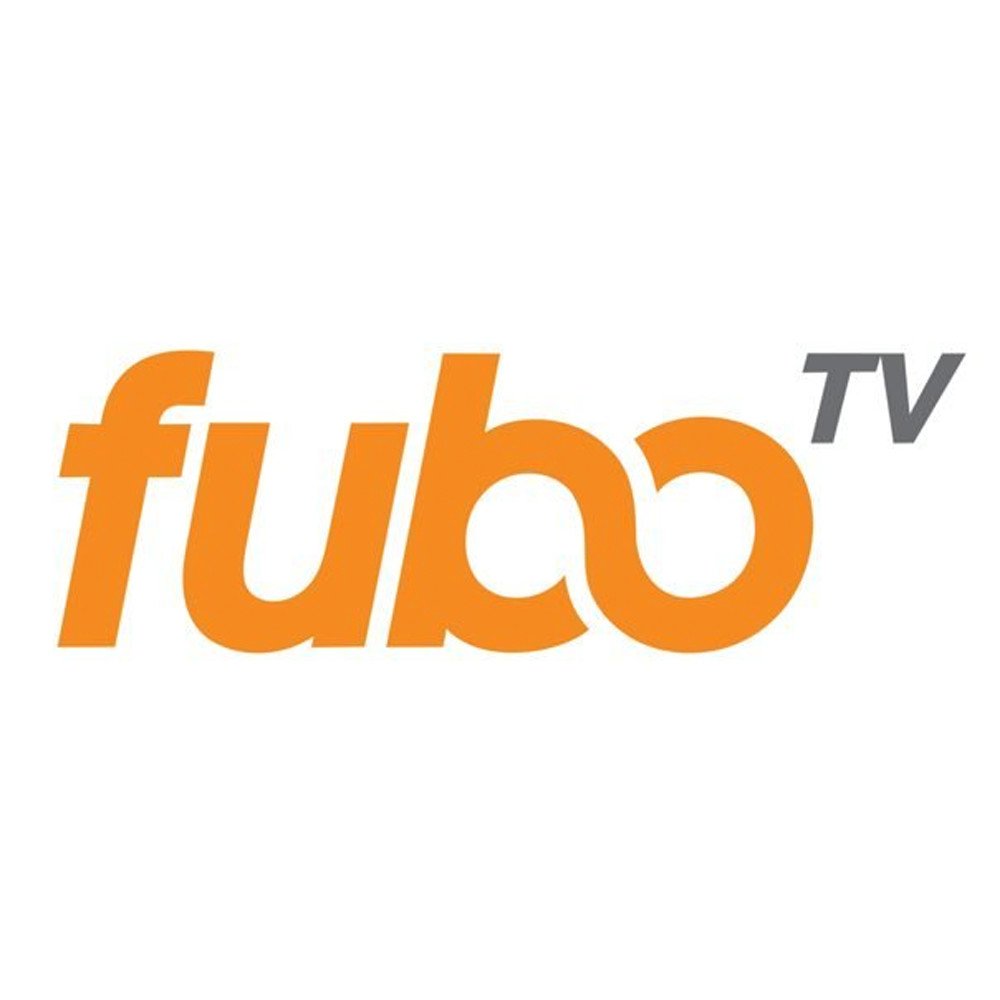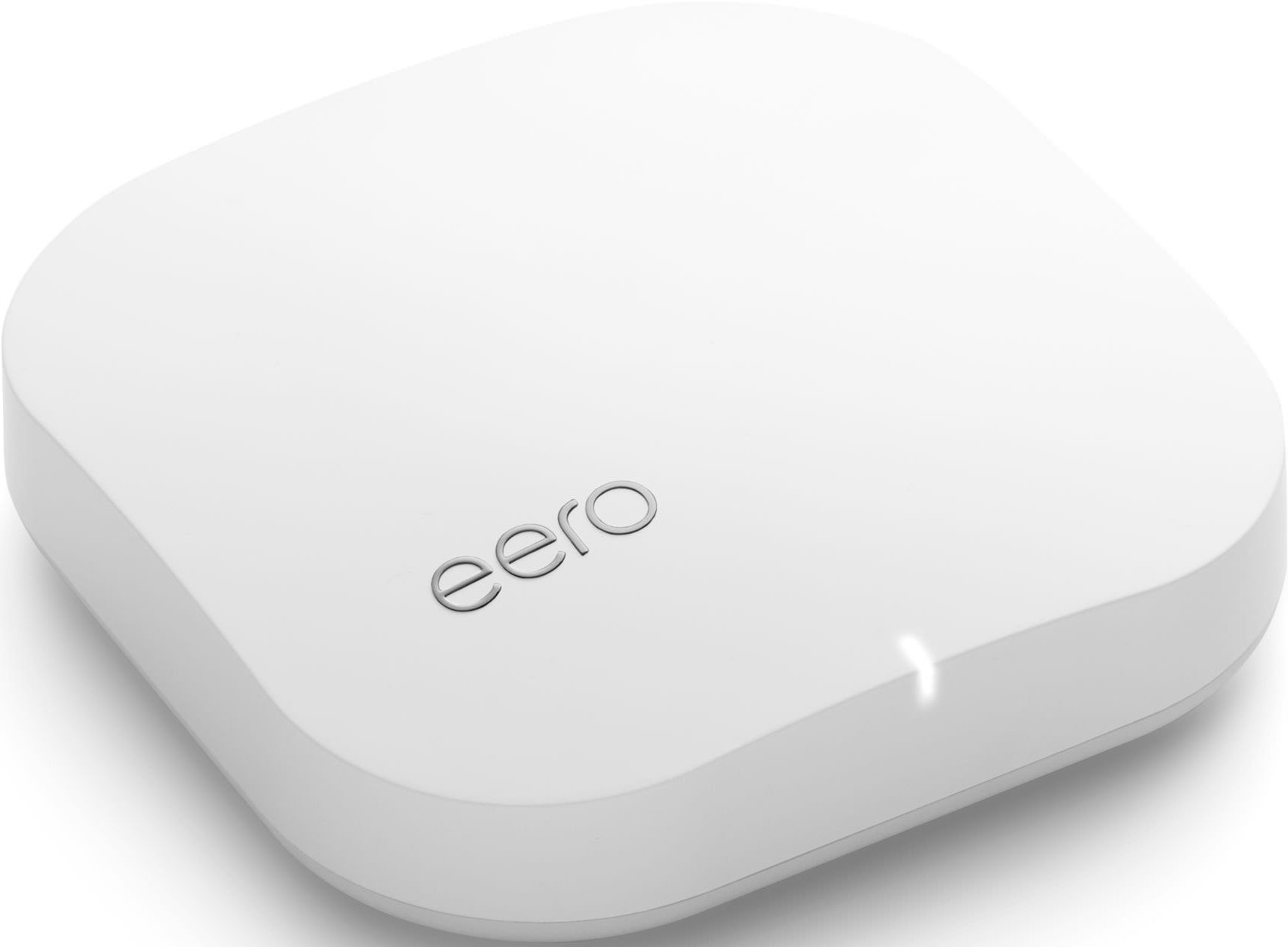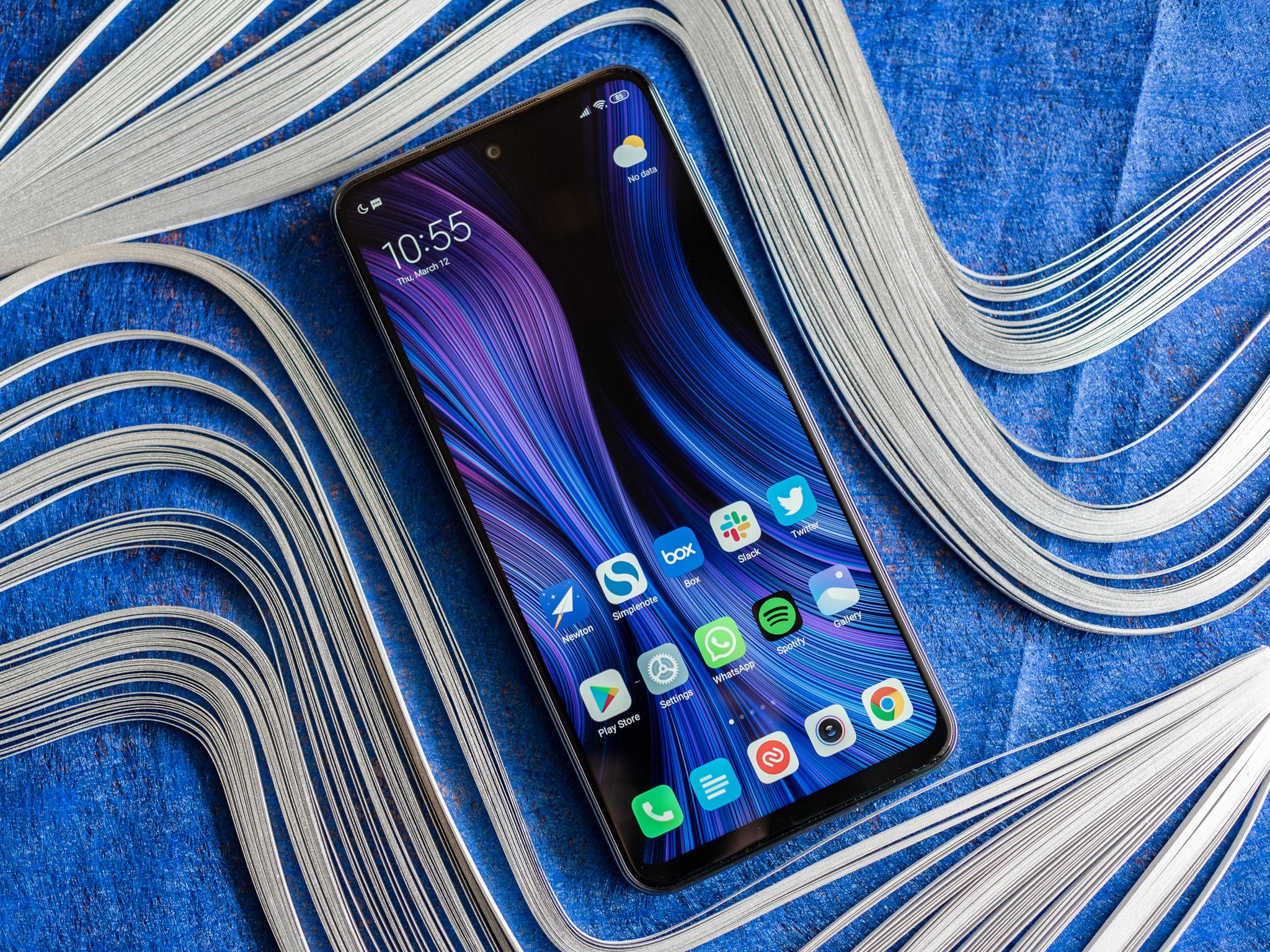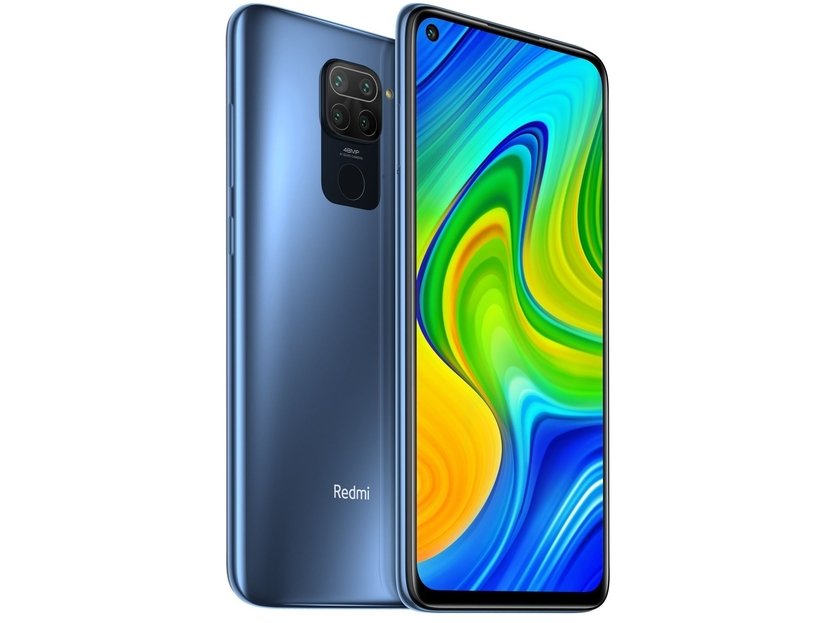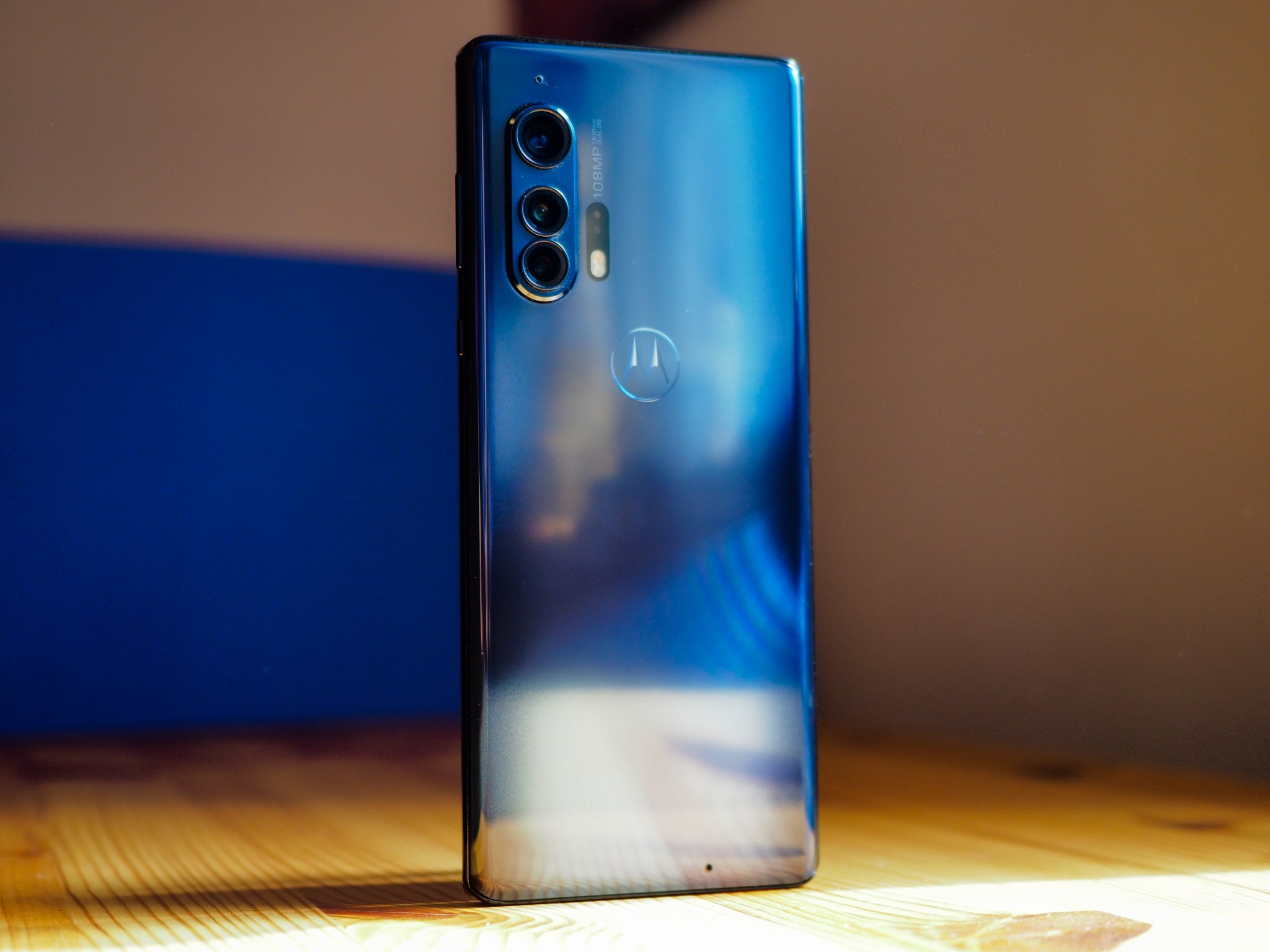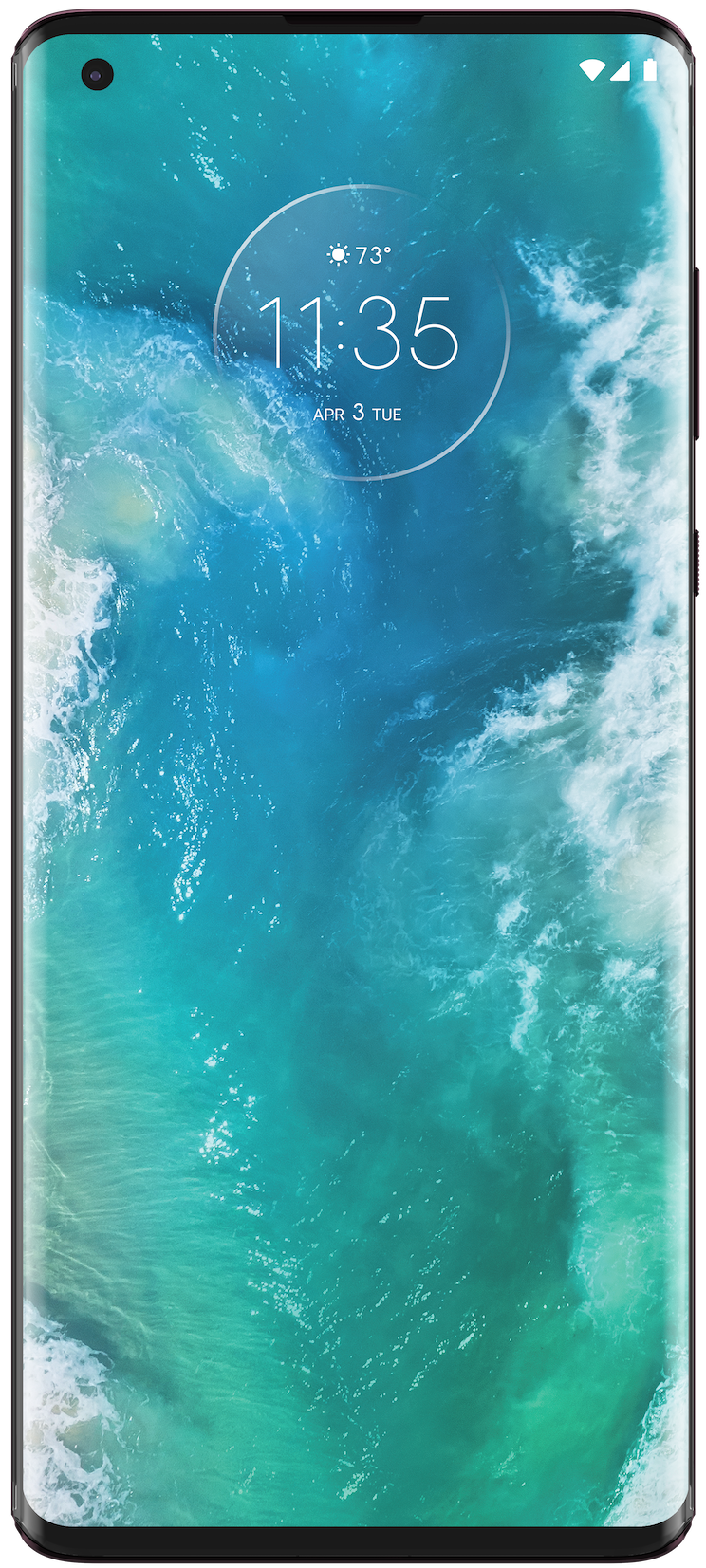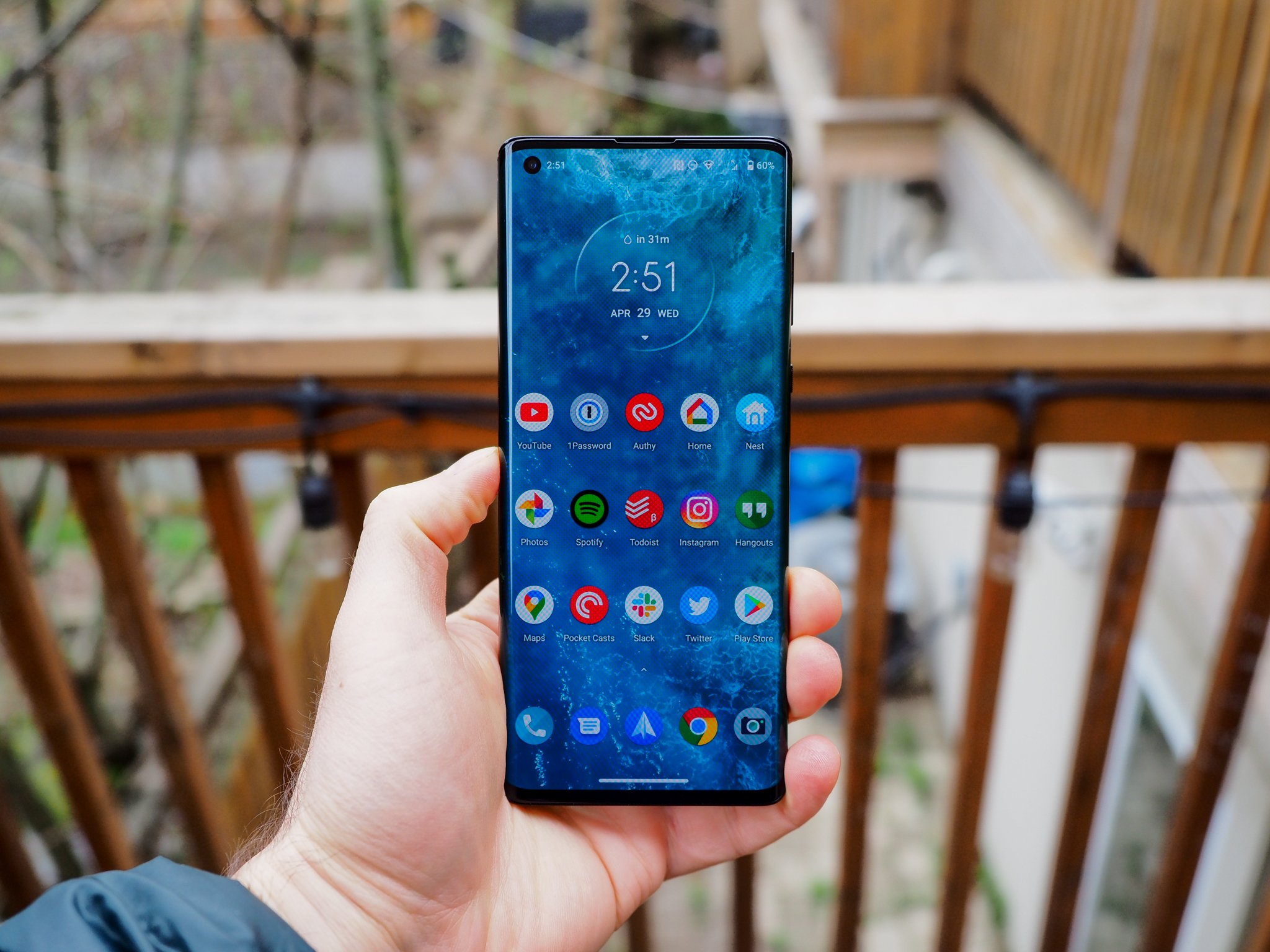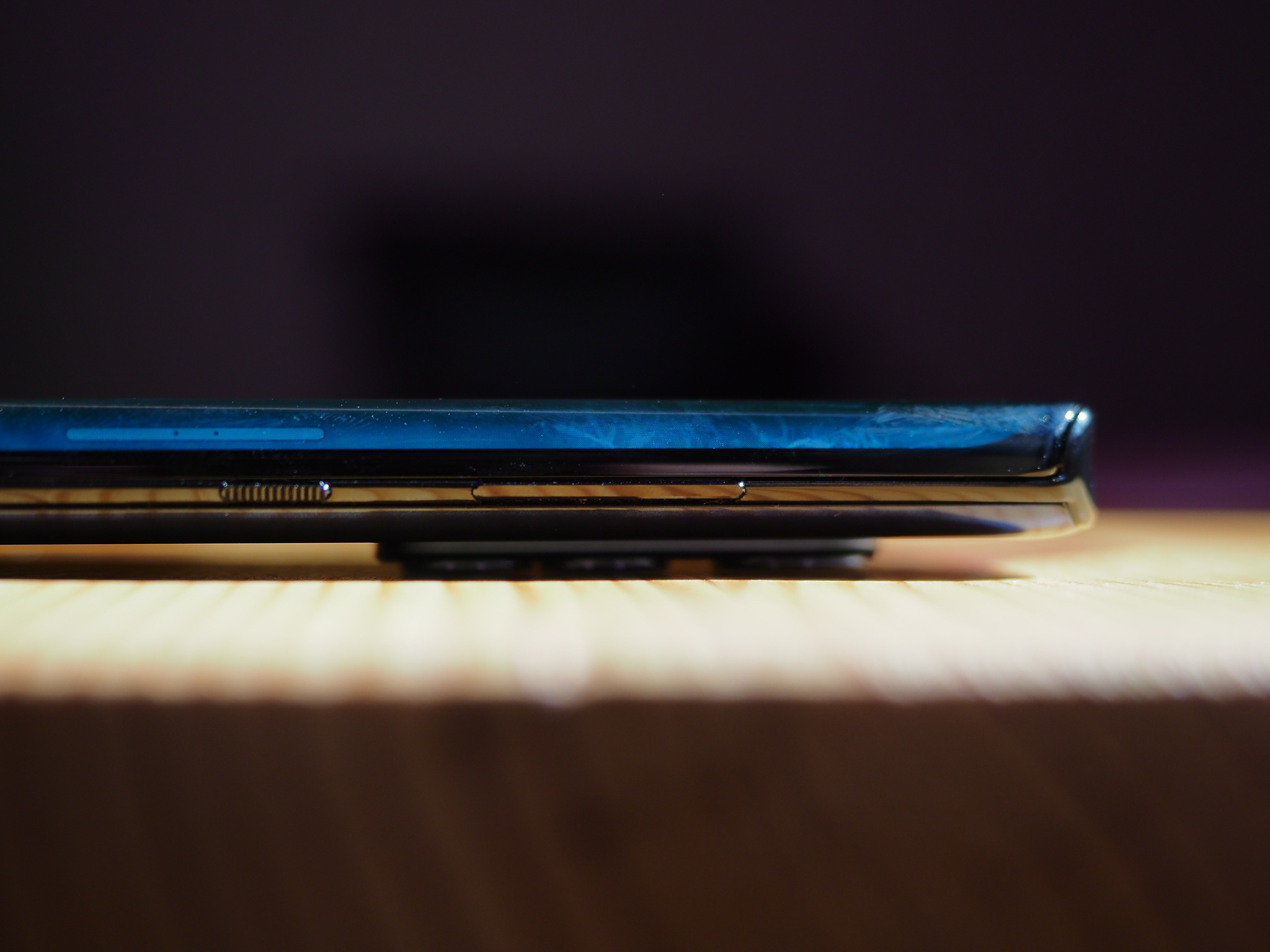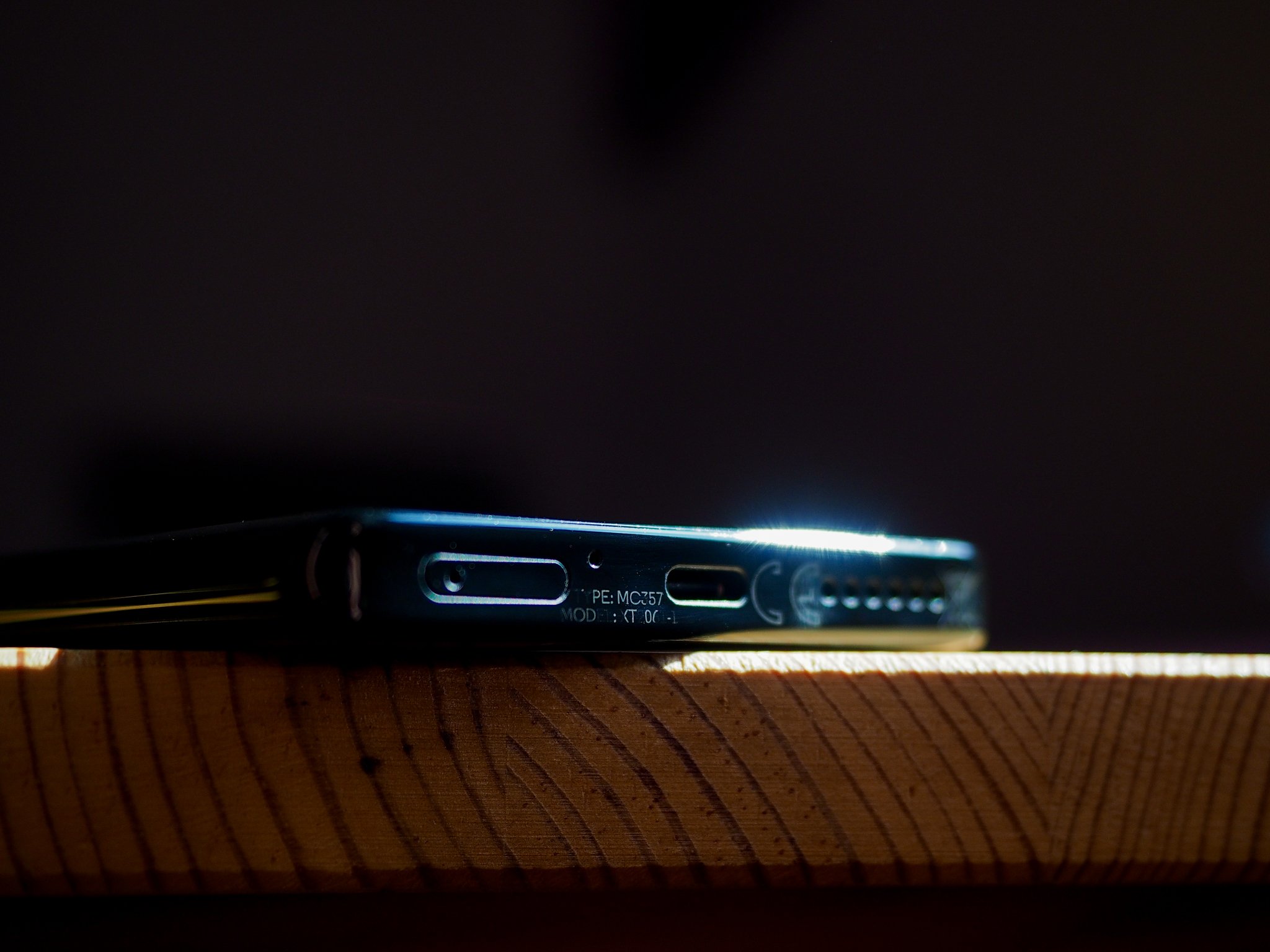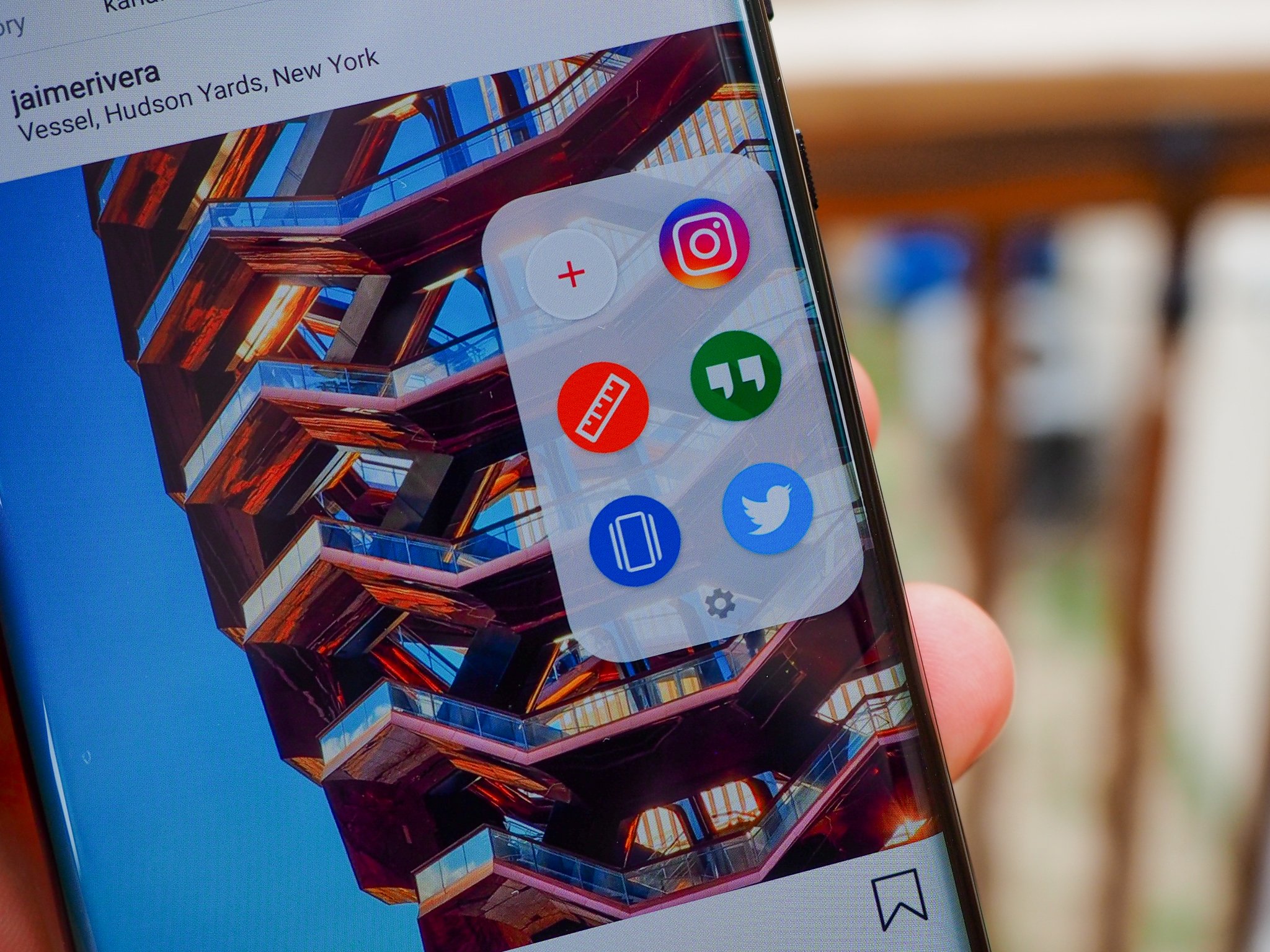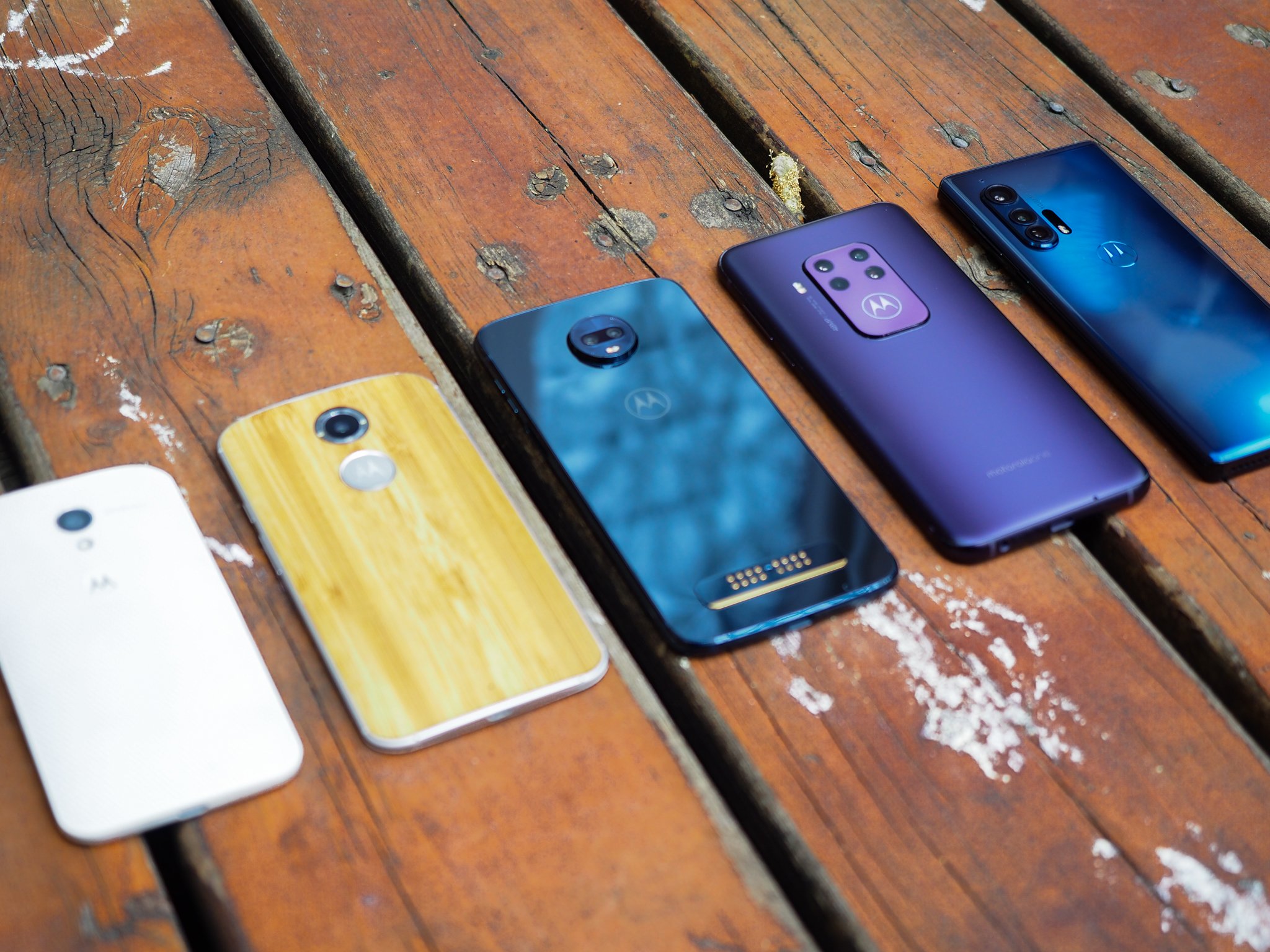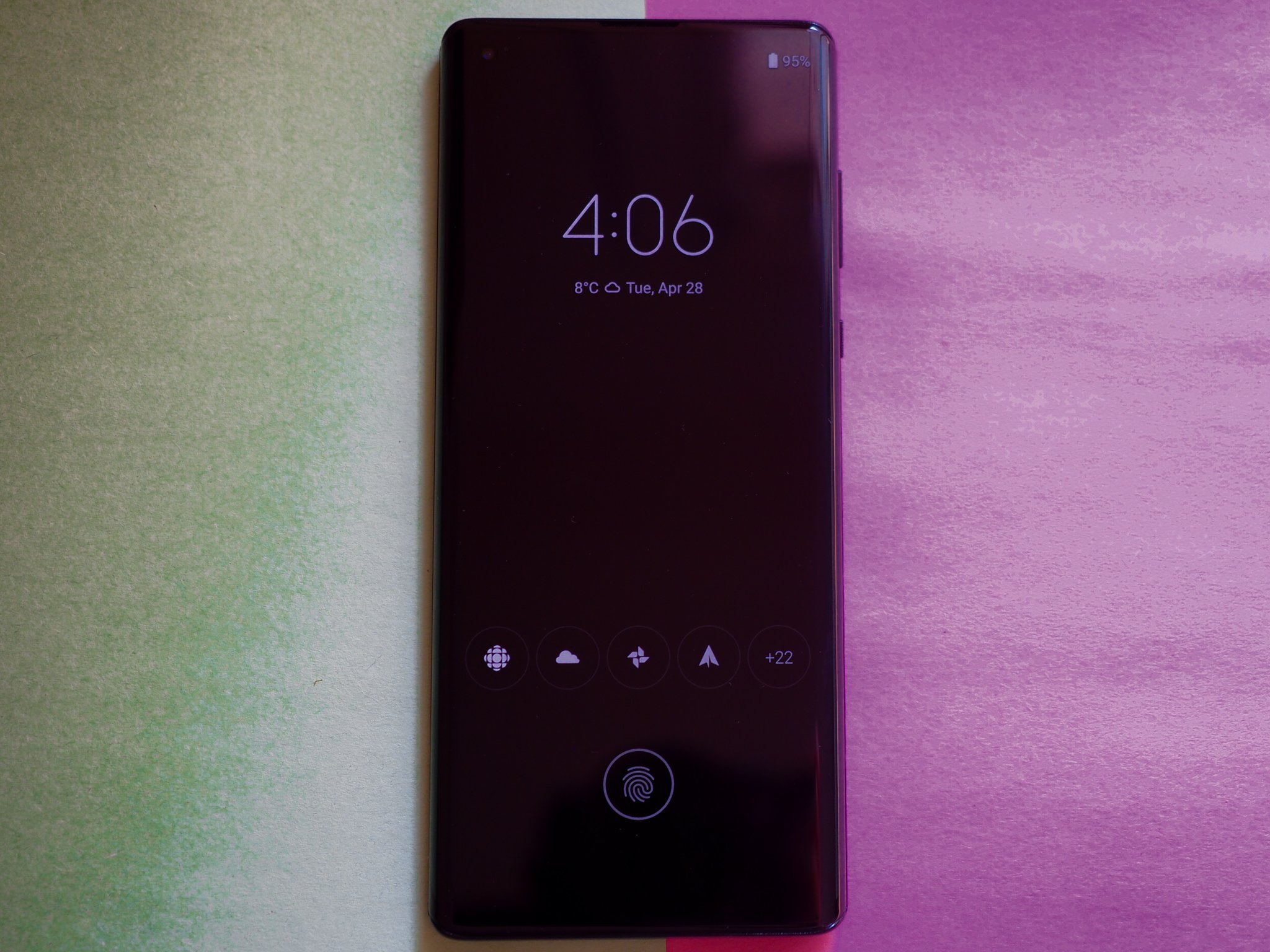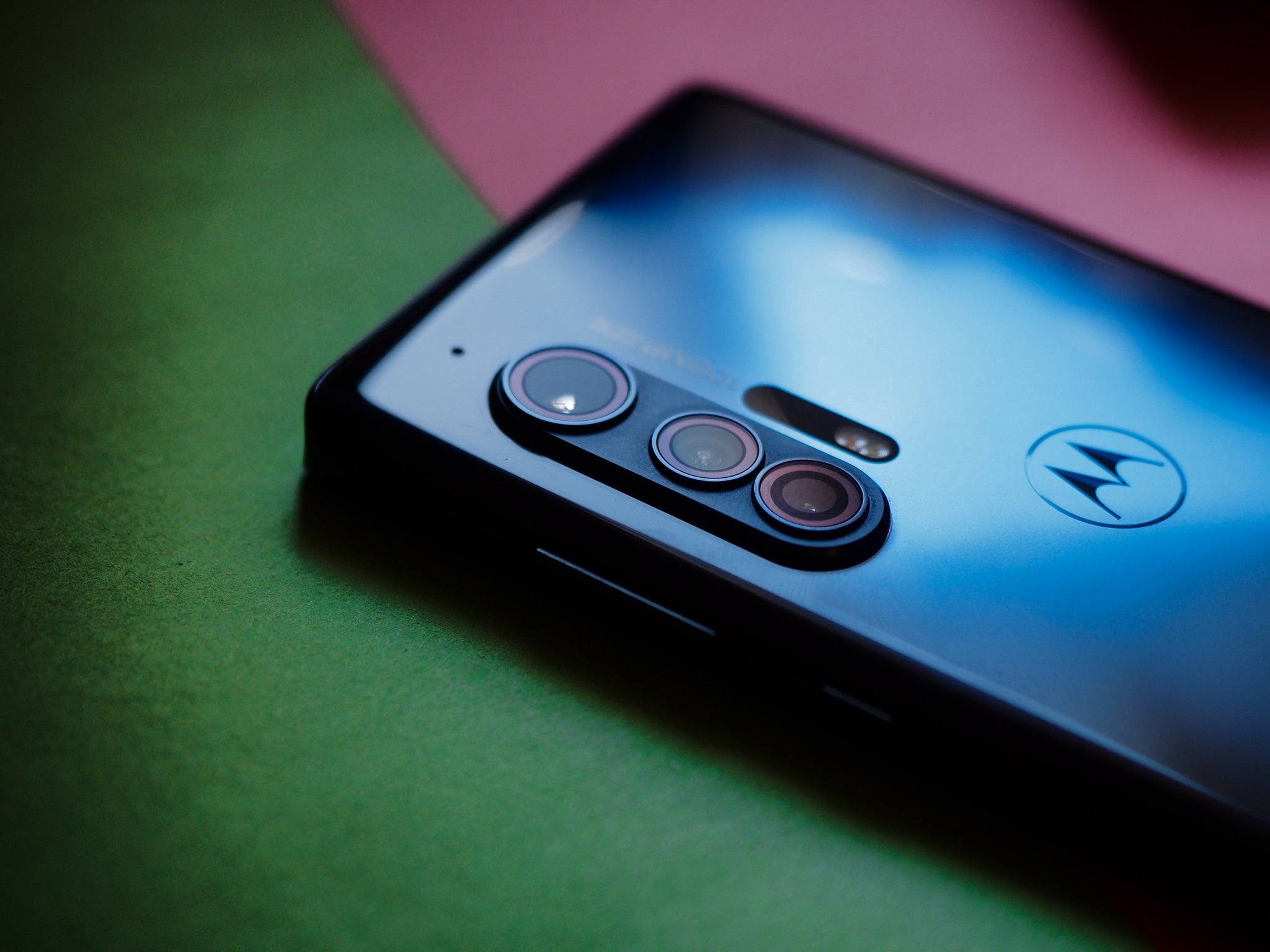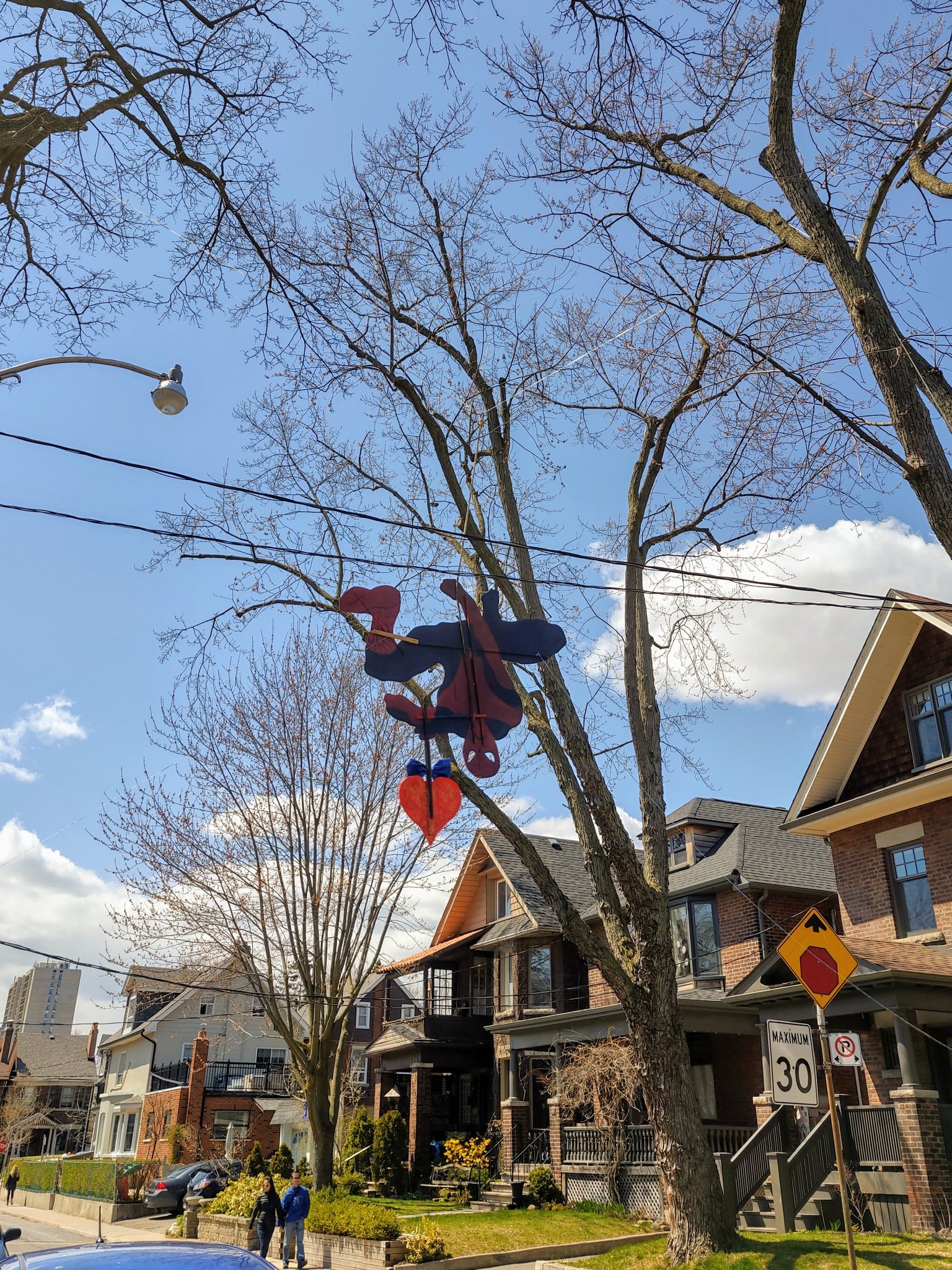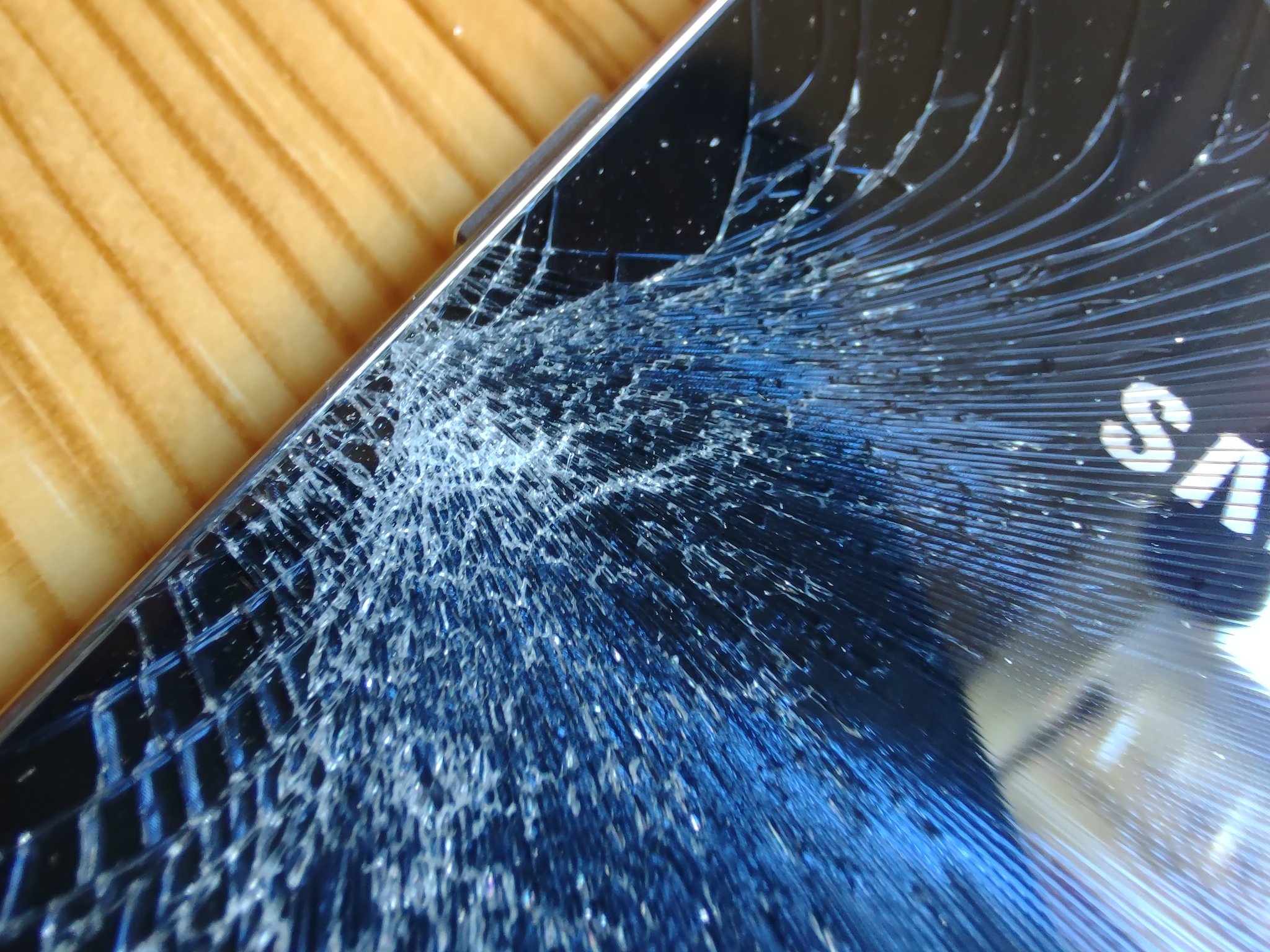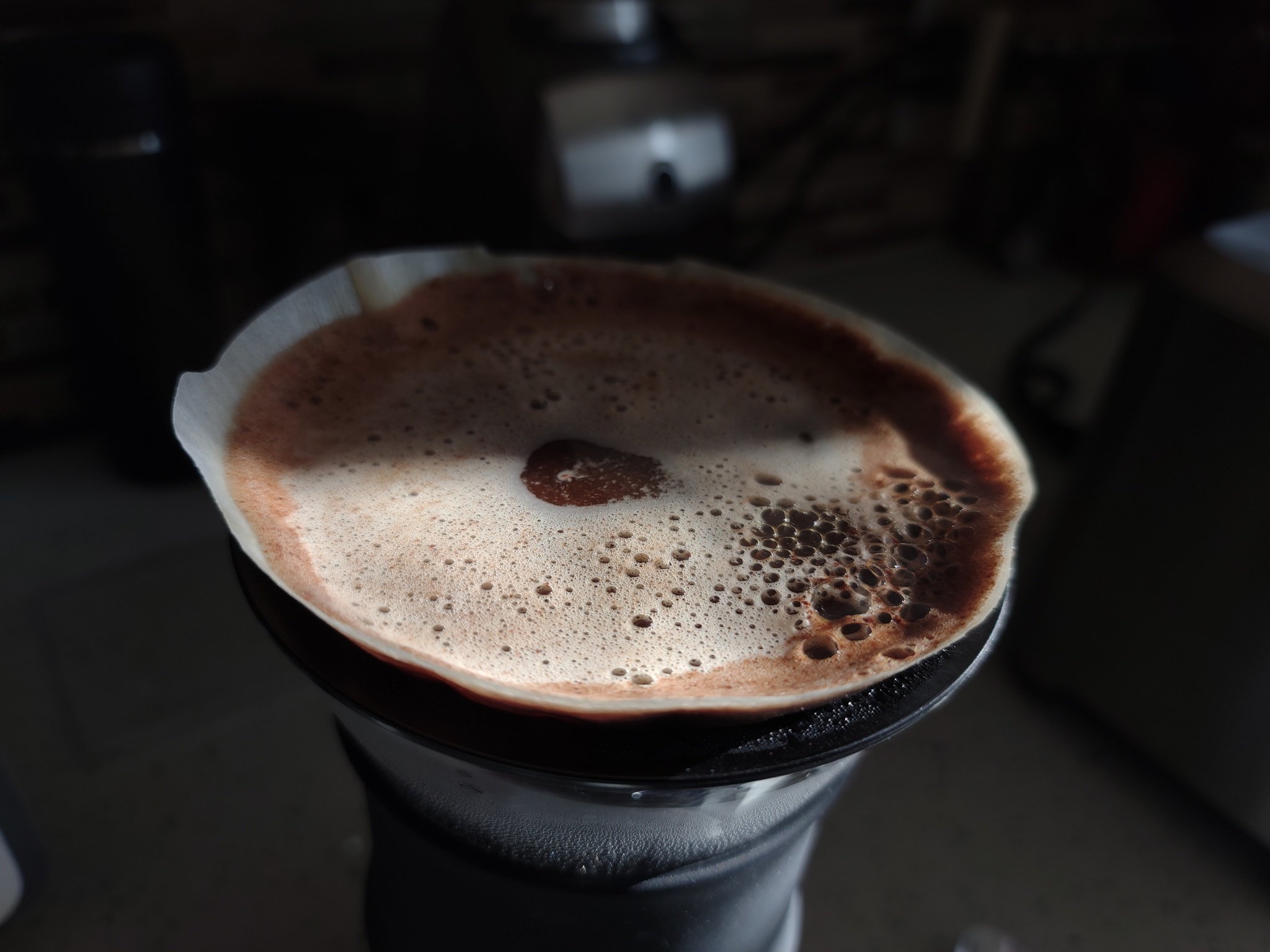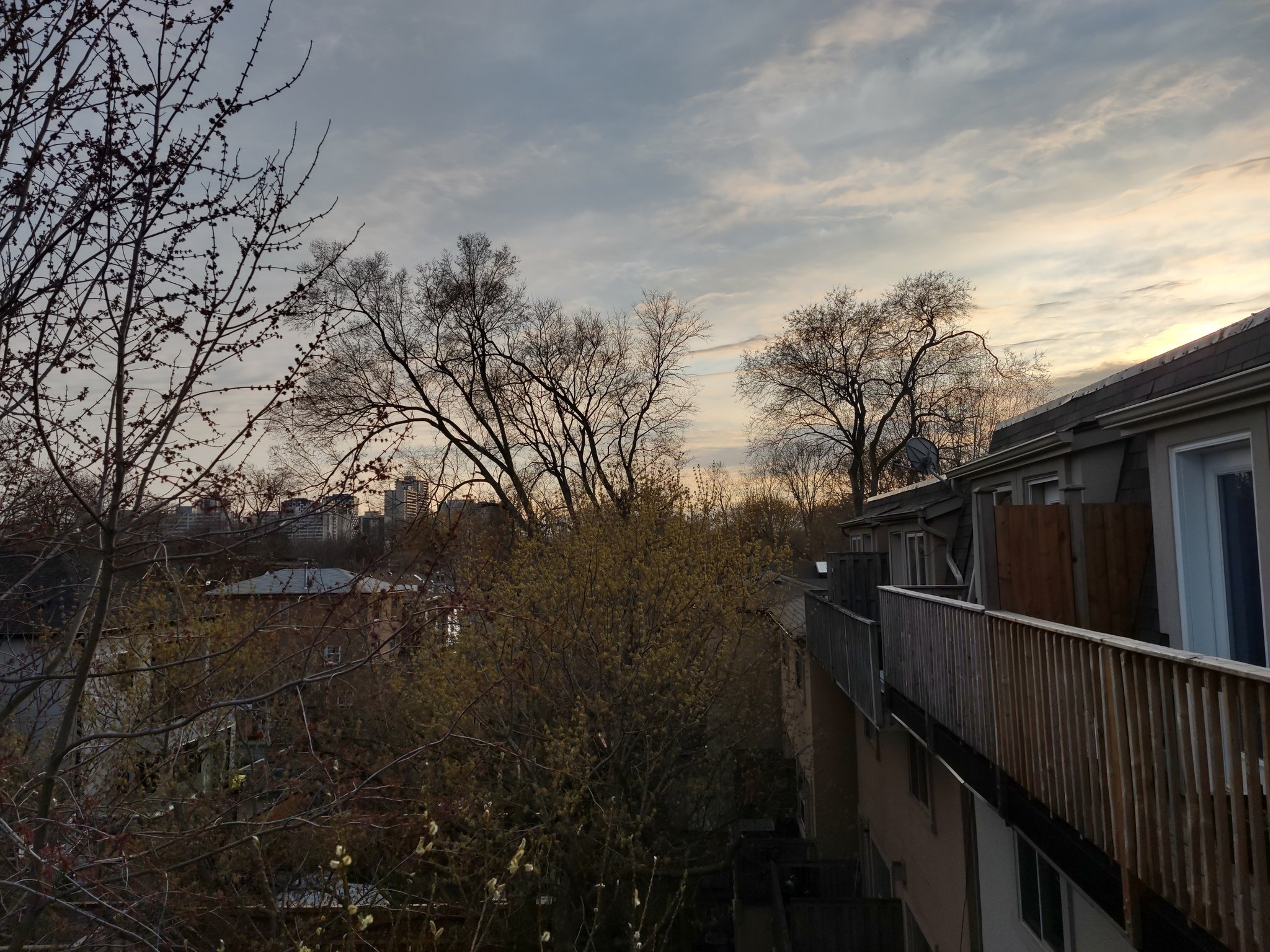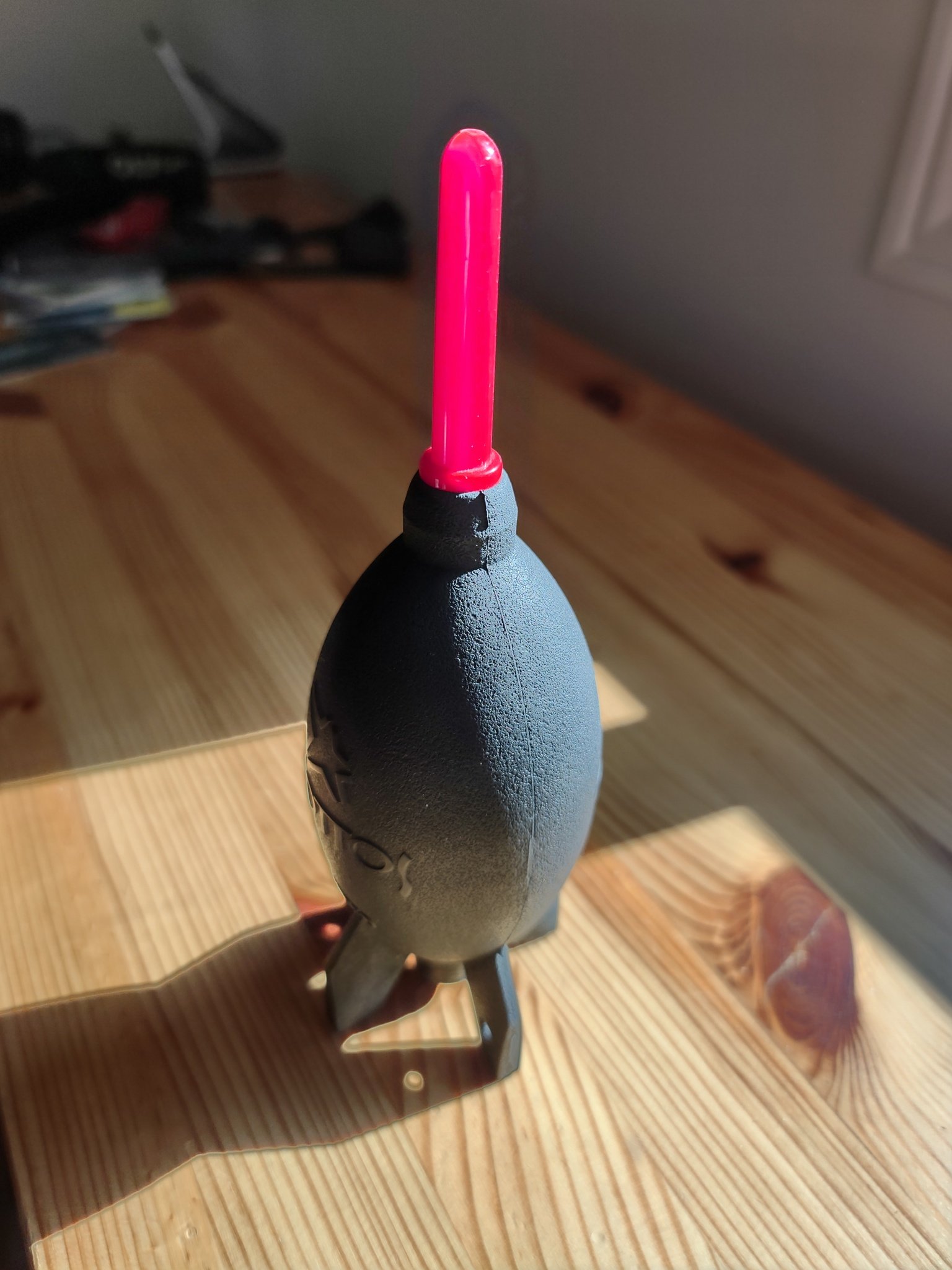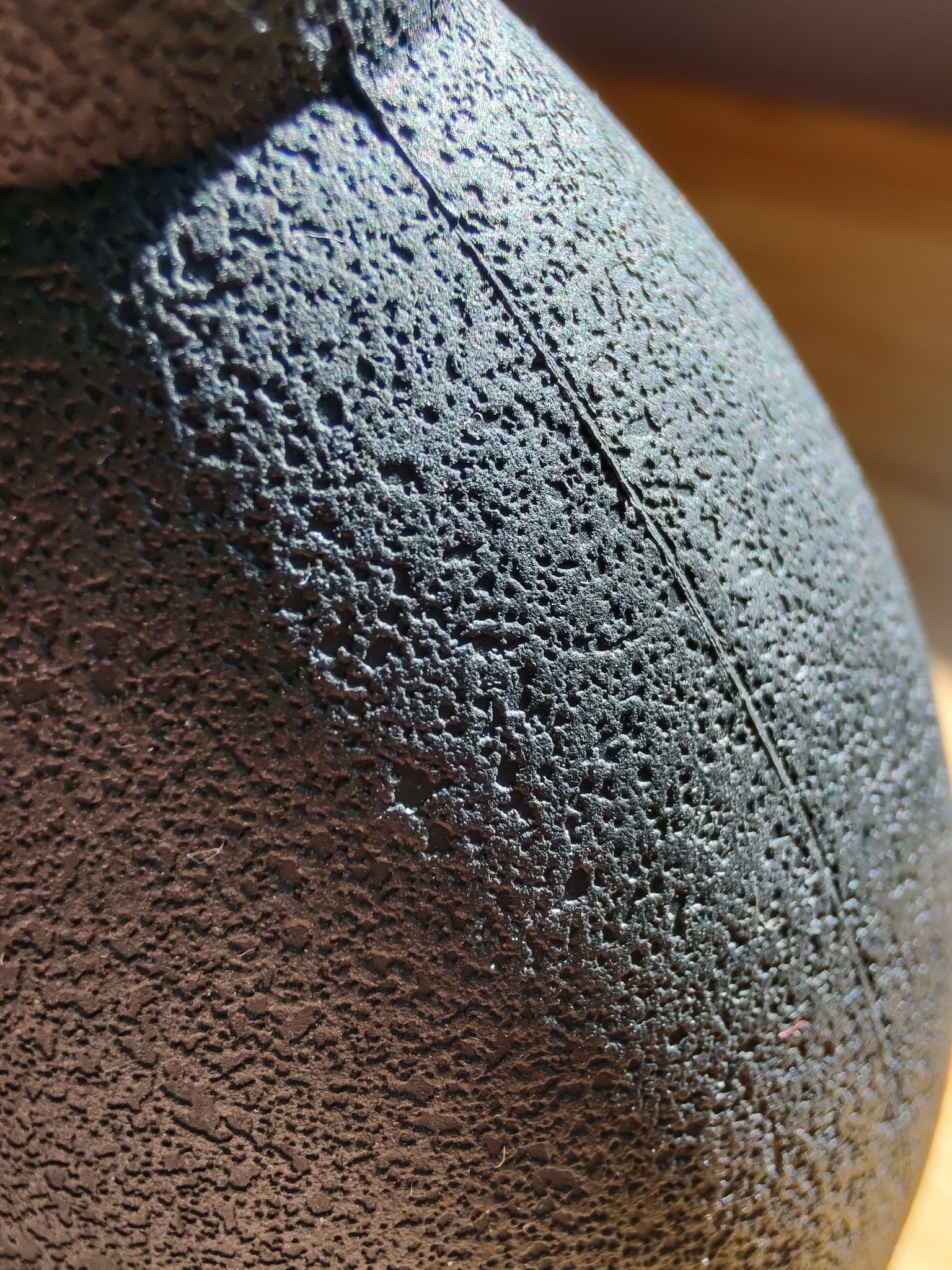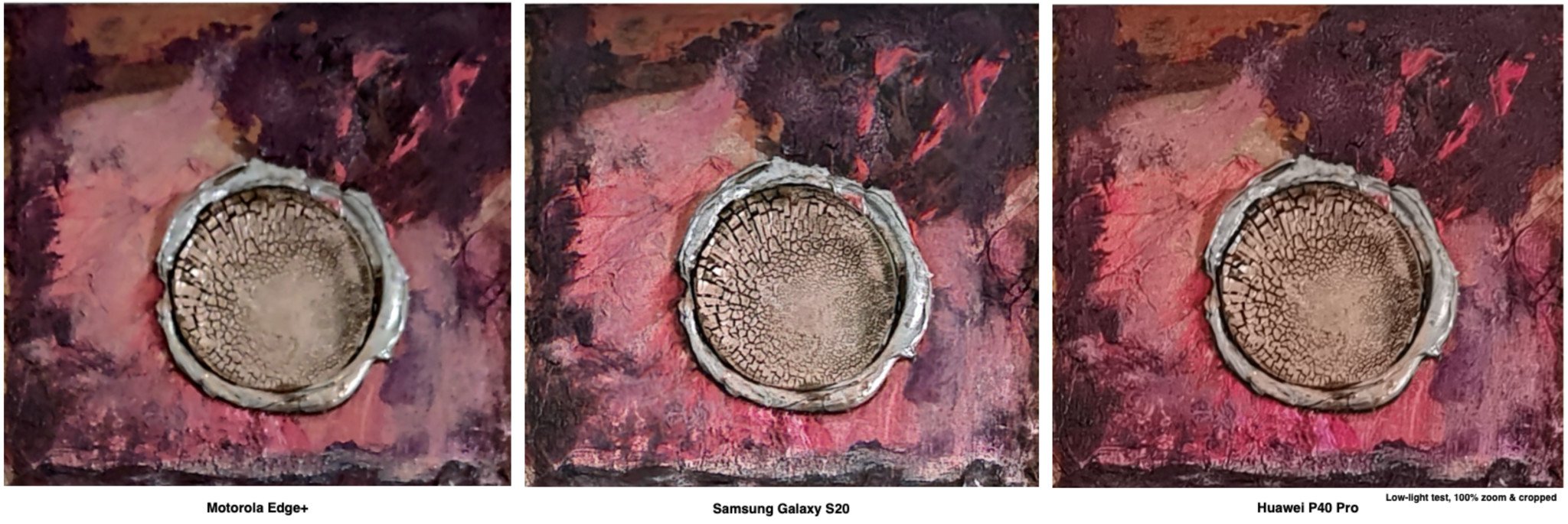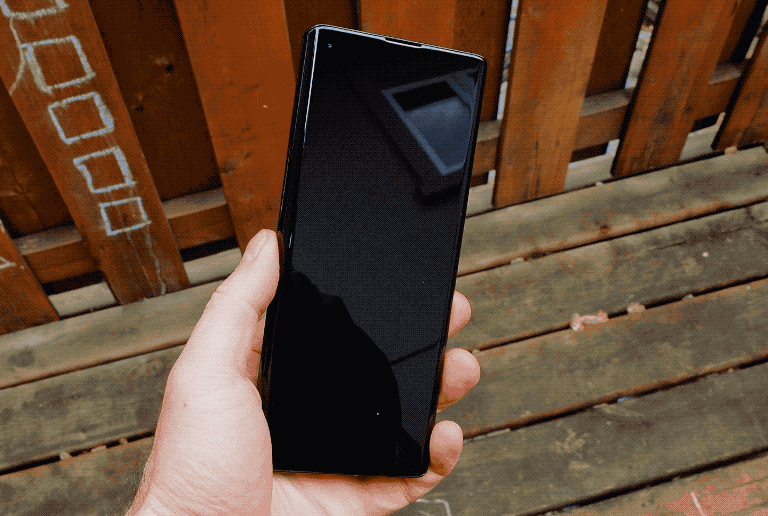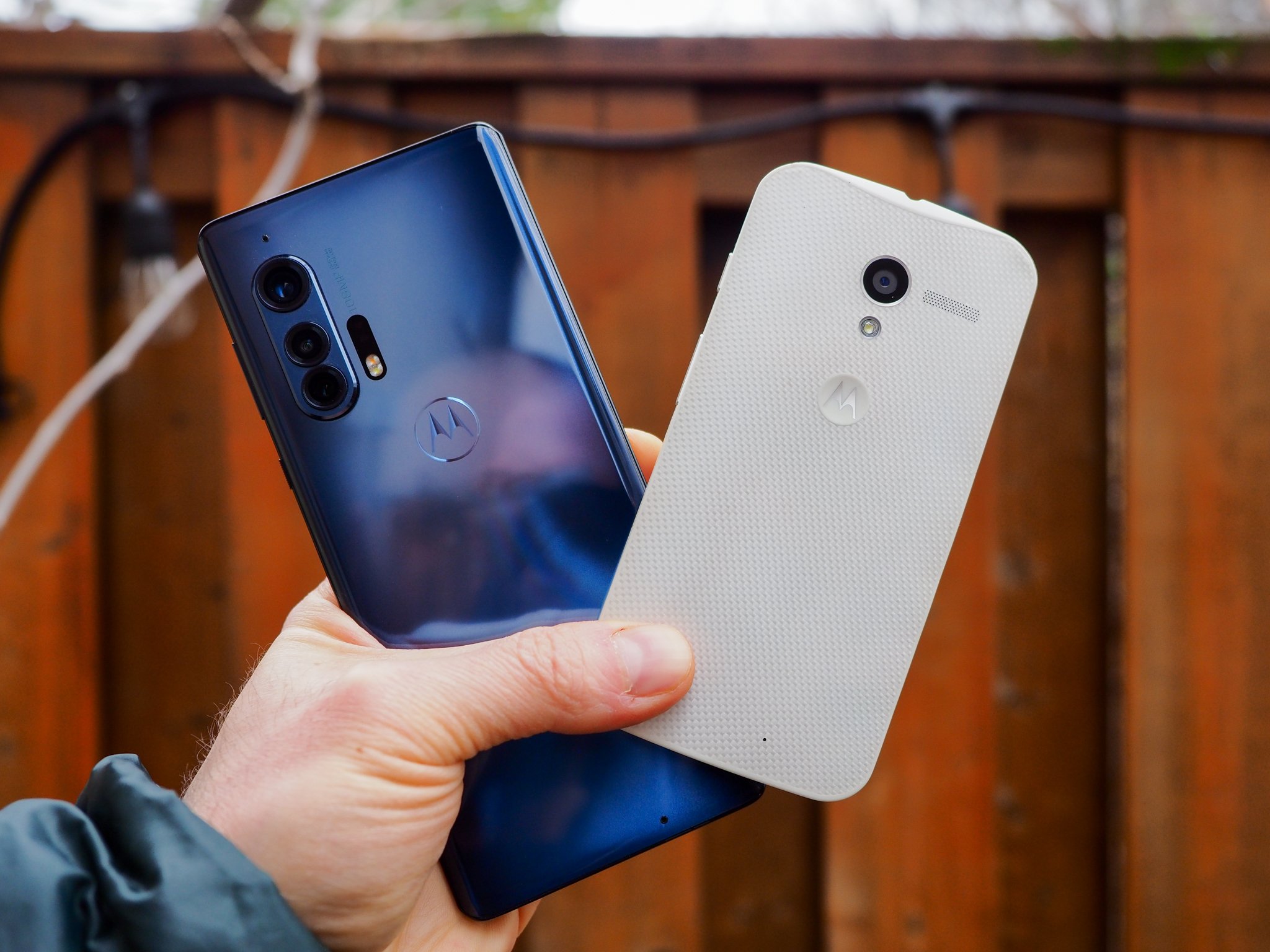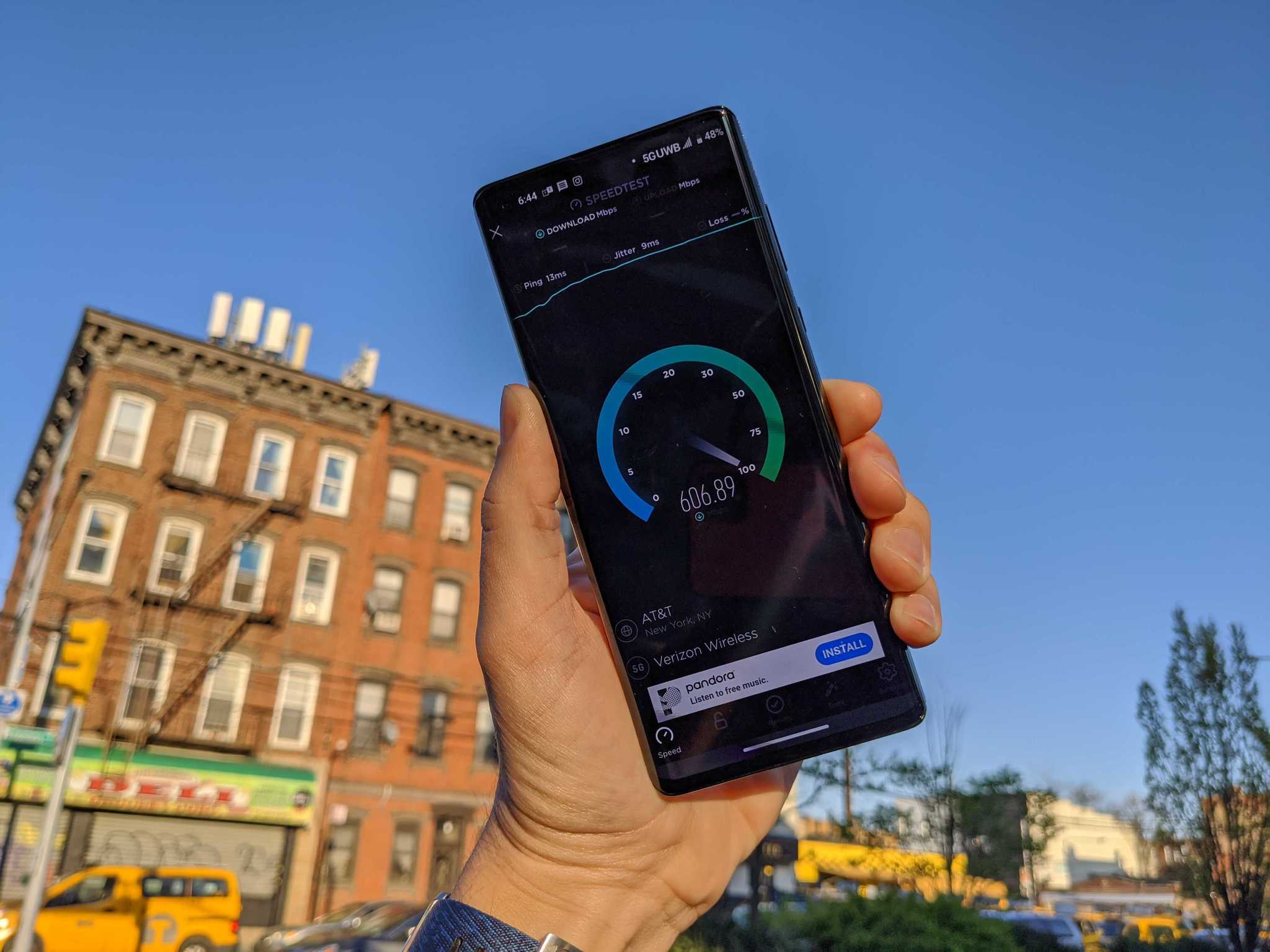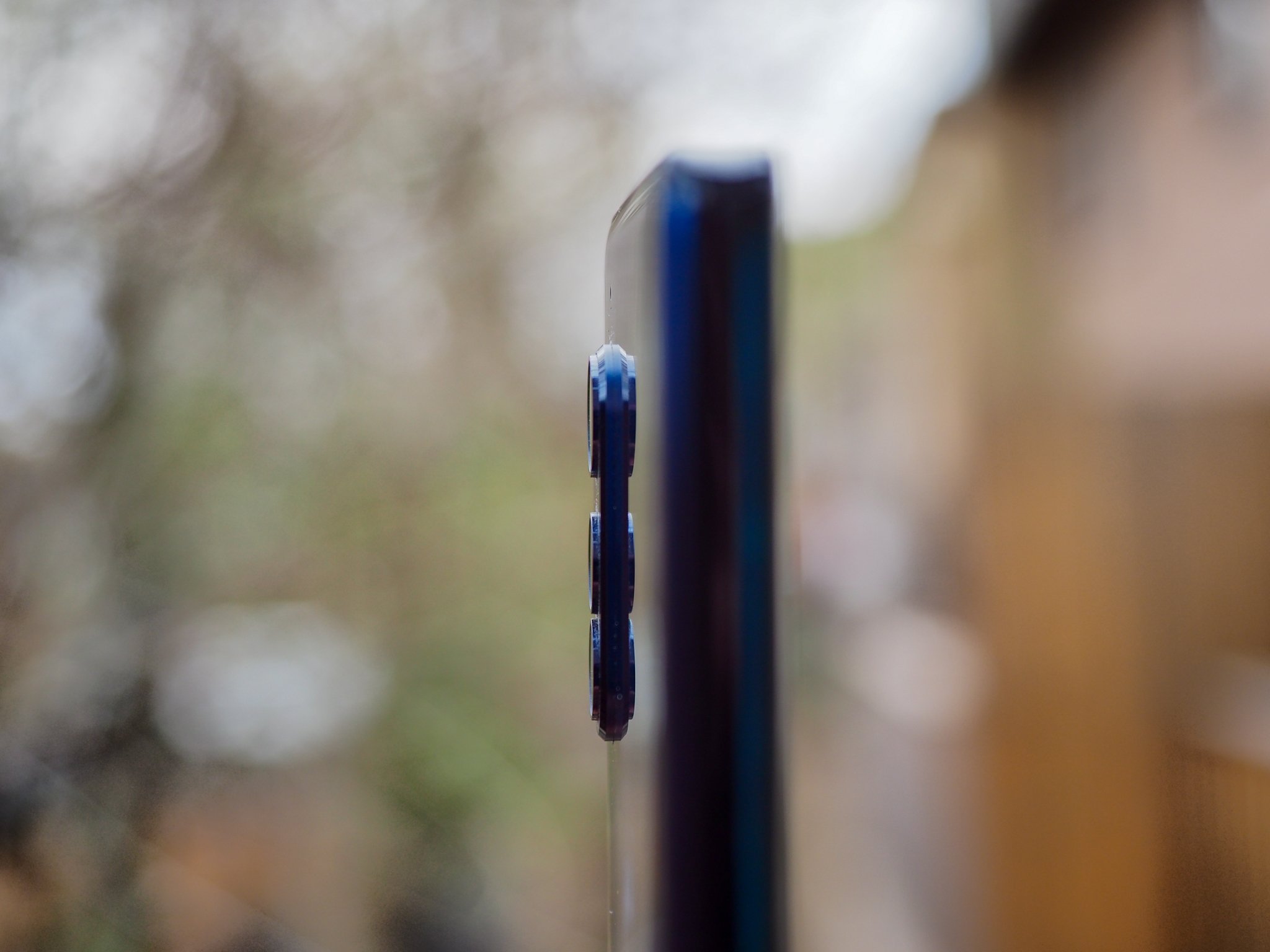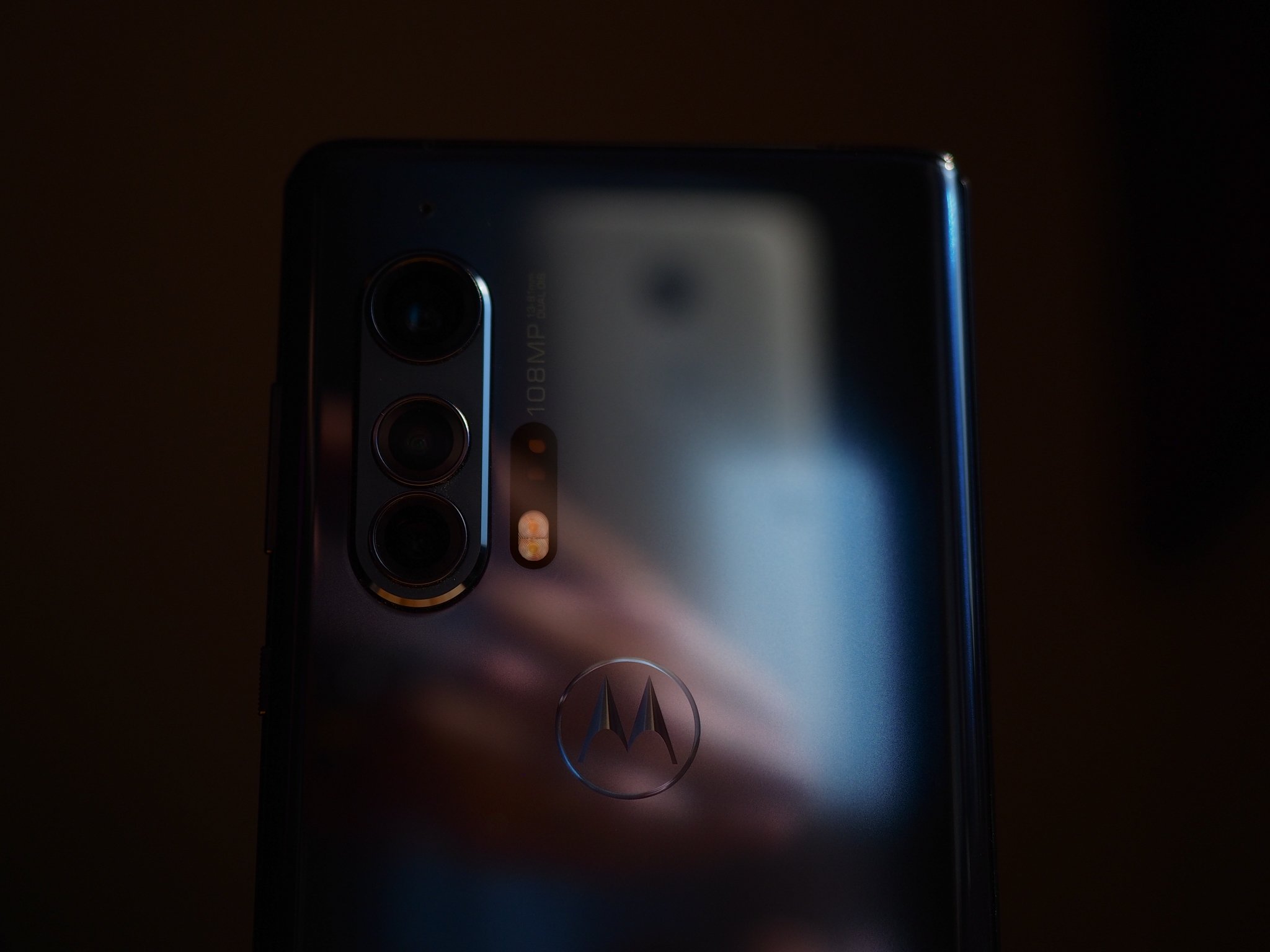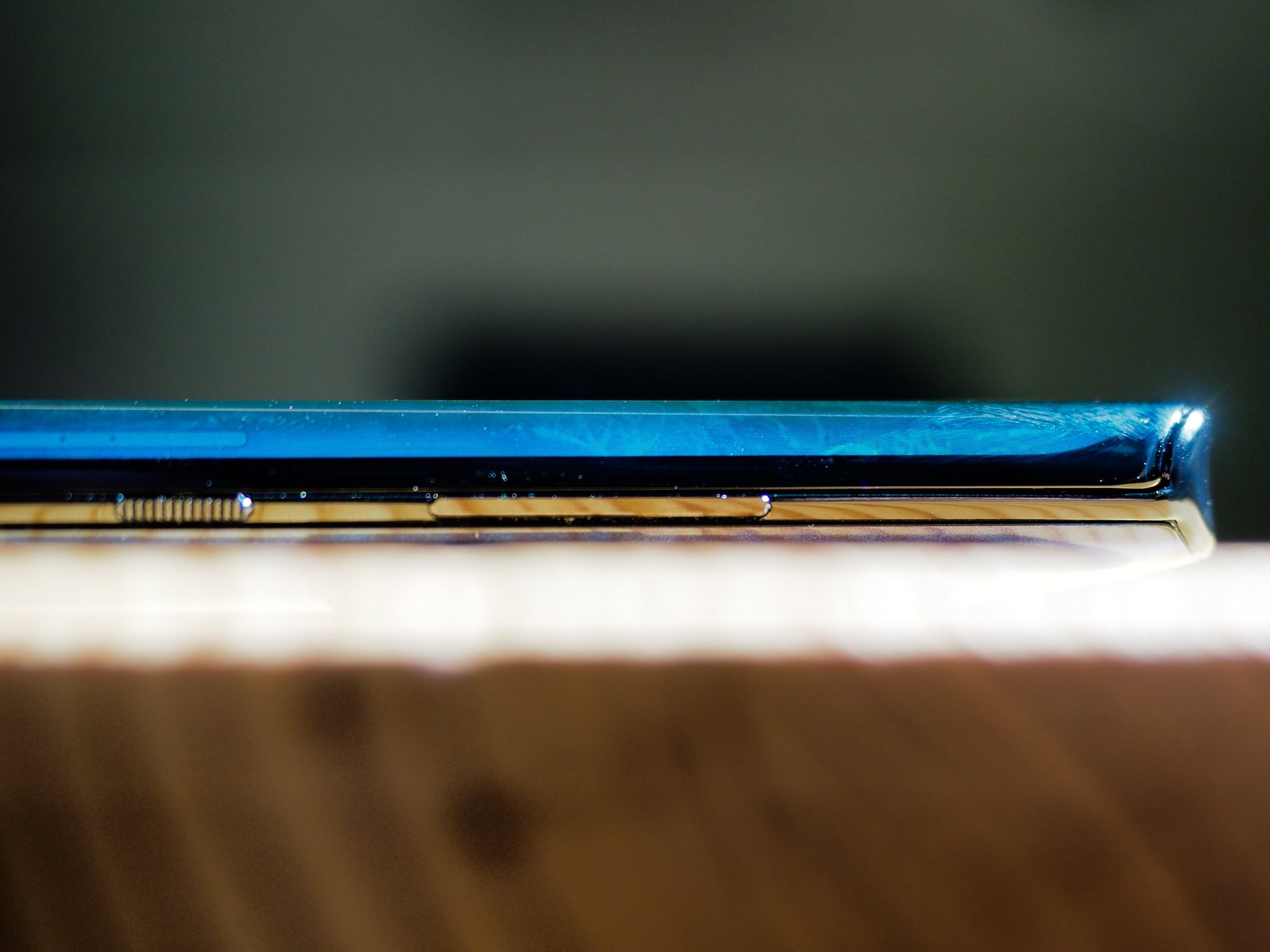Heads up! We share savvy shopping and personal finance tips to put extra cash in your wallet. Android Central may receive a commission from The Points Guy Affiliate Network. Please note that the offers mentioned below are subject to change at any time and some may no longer be available.
Southwest Rapid Rewards Premier Credit Card Overview
The Southwest Rapid Rewards® Premier Credit Card is the middle of the pack when it comes to Southwest personal credit cards. While airline credit cards generally don't come with too many perks, the lack of foreign transaction fees and 6,000 anniversary bonus points should help offset this card's reasonable $99 annual fee. Card rating:*
*Card Rating is based on the opinion of TPG's editors and is not influenced by the card issuer.
Savvy TPG readers know that we generally don't recommend building your points strategy around a cobranded airline credit card, as they tend to offer fewer perks and less flexibility than a comparably-priced transferable points card. When it comes to the Southwest Rapid Rewards card portfolio in particular, you'll generally get better earning rates and flexible redemption options with cards that earn Chase Ultimate Rewards points, which then transfer to Southwest at a 1:1 rate.
That being said, the Southwest credit cards have remained very popular among Southwest fans, especially those looking to earn the coveted Companion Pass and the year of free flights it bestows on their designated travel companion. The mid-tier version of the three personal Southwest cards — the Southwest Rapid Rewards Premier Credit Card — has a good balance of perks and annual fees that could make it worthy of a spot in your card collection, especially if you're aiming to pick up a Companion Pass this year. Let's take a look.
Who is this card for?
The Southwest Rapid Rewards® Premier Credit Card is ideal for regular Southwest flyers, along with anyone looking to earn the Southwest Companion Pass. While all three Southwest personal credit cards — the Southwest Rapid Rewards Priority Credit Card, the Southwest Rapid Rewards Plus Credit Card and the Southwest Rapid Rewards Premier Credit Card — are currently offering identical sign-up bonuses of 40,000 points after you spend $1,000 on purchases in the first three months of account opening, the Premier is a good choice for those looking for a cheaper annual fee than the Priority, while still enjoying perks such as no foreign transaction fees and a 6,000-point card anniversary bonus.
If you do fly with Southwest quite a bit throughout the year, the higher-tier Southwest Rapid Rewards Priority Card does offer a higher anniversary bonus and more perks for flying. But for most casual Southwest flyers, the Southwest Rapid Rewards Premier is a perfectly adequate option to supplement your other travel credit cards.
Do keep in mind that all of Southwest's cobranded cards are beholden to Chase's infamous 5/24 rule. If you've opened more than five new accounts over the past 24 months (across all issuers, not just Chase), you're almost certain to be denied for this card. Also note that because it's a personal card, it will count toward your 5/24 tally. If you are planning to apply for other Chase cards in the near future, make sure this card is worth the slot it will take up.
Current bonus
The current bonus on the Southwest Rapid Rewards Premier Credit Card (as well as on the Priority and Plus cards) is 40,000 points after you spend $1,000 on purchases in the first three months. TPG values Rapid Rewards points at 1.5 cents each, meaning 40,000 points are worth $600.
This isn't the largest sign-up bonus we've ever seen, but it can be potentially combined with the current sign-up bonus on the Southwest Rapid Rewards Performance Business Credit Card, which is offering an up to 100,000-point sign-up bonus — 70,000 points after $5,000 in spending in the first three months and another 30,000 points after spending $25,000 with the firs six months of having the card.
The information for the Southwest Rapid Rewards Performance Business Credit Card has been collected independently by The Points Guy. The card details on this page have not been reviewed or provided by the card issuer.
Points from the sign-up bonuses on Southwest credit cards are Companion Pass-qualifying, meaning if you sign up for the Premier and the Performance together, you'll earn 140,000 points in bonuses, which will put you over the 125,000 points needed for the Companion Pass.
However, keep in mind that you can't earn a sign-up bonus on the Southwest Premier card if you currently have any personal Southwest card, nor are you eligible if you earned a sign-up bonus on a personal card in the past 24 months.
Main perks and benefits
While you don't expect an airline credit card with a $99 annual fee to come loaded with perks, there are a few on the Southwest Rapid Rewards Premier Credit Card worth mentioning. The first is the 6,000-point anniversary bonus you'll receive after renewing your card each year. Although the annual fee is not waived the first year, TPG values 6,000 Rapid Rewards points at $90, meaning that the anniversary bonus will almost entirely offset that fee from your second year on.
While the Companion Pass is technically a form of Southwest elite status, it doesn't carry most of the common airline elite perks such as bonus points, priority boarding and so on. So if you're taking the shortcut to earning the Companion Pass by combining sign-up bonuses, you may also be interested in earning Southwest A-List elite status to enhance your travels. Doing so requires 25 qualifying flights or 35,000 tier qualifying points (TQPs) in a calendar year. You can earn bonus TQPs by spending on the Premier card — 1,500 TQPs for every $10,000 spent per calendar year, up to $100,000 (or 15,000 TQPs).
While all Southwest flyers get two free checked bags, A-List status also comes with automatic priority boarding for you (Southwest recently expanded this to those traveling with you), a 25% points earning bonus, the ability do same-day standby flights, priority check-in and security lane access at participating airports, and a dedicated A-List phone line. Members of A-List Preferred, which kicks in after 50 one-way flights or 70,000 TQPs, receive all the benefits above, plus a 100% points bonus and free inflight Wi-Fi.
Like other U.S. carriers, Southwest not only extended status for A-List and A-List Preferred members through Dec. 31, 2021, but it also extended Companion Pass benefits through June 30, 2021 for eligible Rapid Rewards members.
Earning and redeeming
The earning rates on the Southwest Rapid Rewards Premier Credit Card follow the same standard as some other cobranded airline credit cards, although it's a standard that's slowly being usurped as other airlines improve their credit card offerings. You'll earn 2x miles on Southwest purchases (and when booking hotels or renting a car through a Southwest partner), and 1x on everything else. This gives you a return of 3% on Southwest purchases and 1.5% on everyday spending (based on TPG valuations), which isn't much to get excited about. This isn't the most rewarding card you can pick for long-term spending goals.
However, one of the best things about redeeming Southwest Rapid Rewards points is the simplicity of the process. Whether you select the cheapest Wanna Get Away fares or the most expensive Business Select tickets, the cost of your award ticket is tied to the cash price of the flight. This means you don't have to worry about getting the highest possible cent-per-point redemption value; if you have Rapid Rewards points, it's almost always a good idea to redeem them for Southwest flights — including options to Hawaii and international destinations.
Southwest also gives you the option to redeem your points for gift cards, merchandise, rental cars, hotels and experiences, although these redemption options offer a much worse value. Interestingly enough, Southwest also lets you redeem your Rapid Rewards points for international flights on other airlines. The exact redemption value varies, but it's generally worse than you would get redeeming directly for Southwest flights. And remember, with your Companion Pass, your points stretch twice as far using them on Southwest-operated trips, so there isn't much reason to be looking at redemption options other than on Southwest flights.
Which cards compete with the Southwest Premier?
The most obvious competitors to the Southwest Rapid Rewards Premier Credit Card are the other two personal cobranded Southwest cards — the higher-end Southwest Rapid Rewards Priority Credit Card and the lower-end Southwest Rapid Rewards Plus Credit Card. With all three cards offering identical sign-up bonuses, this competition comes down to which card offers the best perks in exchange for its annual fee. If you're struggling to pick between the three, you can check out our head-to-head comparison.
While the Plus card only costs $69 a year, it has a 3% foreign transaction fee and a small anniversary bonus of only 3,000 Rapid Rewards points (worth $45). The Priority card, on the other hand, has a $149 annual fee but includes a $75 annual Southwest travel credit. That immediately knocks the out-of-pocket cost down to $74 a year. But remember that the Companion Pass doubles the value of your points and spending with Southwest, so for many people who have a Companion Pass, that $75 credit is actually worth $150.
This makes the Priority card essentially cost nothing out of pocket while you still get a 7,500-point anniversary bonus, four upgraded A1-A15 boardings (when available), 20% back on inflight drinks and Wi-Fi, and no foreign transaction fees. Many people who travel on Southwest even just a few times a year will be better off opting for the Priority card over the Premier — even if you can't qualify for the Companion Pass, at $74 a year (after subtracting the annual Southwest credit), the upper-tier Priority card is cheaper than the $99 Premier card.
Another card that gives the Premier card a run for its money is an old-time favorite: the Chase Sapphire Preferred Card. The CSP offers a sign-up bonus of 60,000 Ultimate Rewards points after you spend $4,000 in three months. Those points are worth anywhere from $750 if you redeem them for travel through the Chase portal (with a 25% bonus) to $1,200 (according to TPG valuations) or more if you transfer them to Chase's incredible collection of 10 airline and three hotel partners, including Southwest. But keep in mind that transferred points do not count toward the Companion Pass, so if you're aiming to pick one up while you can combine sign-up bonuses, the Chase Sapphire Preferred isn't the way to go at the moment.
Bottom line
The airline with perhaps the best public perception in the U.S. offers sign-up bonuses on all three of its personal credit cards. If you're trying to earn the coveted Southwest Companion Pass, one of the fastest routes to get there is by combining the bonuses on a personal card such as the Southwest Rapid Rewards Premier Credit Card and a business card like the Southwest Rapid Rewards Performance Business Credit Card. Remember, that like most Chase cards, these are subject to the 5/24 rule, so if you've opened five or more cards in the last 24 months, your application will be automatically rejected.
If you decide to pursue the Companion Pass by combining sign-up bonuses, the Southwest Rapid Rewards Premier Credit Card is a good avenue for doing so. Even though some people will come out ahead by opting for the Southwest Rapid Rewards Priority Credit Card and the $75 annual Southwest travel credit it carries, the Premier offers a decent return with a lower upfront cost, and that's before you even factor in the added savings that come with the Companion Pass.
Apply for the Southwest Rapid Rewards Premier Credit Card here.
from Android Central - Android Forums, News, Reviews, Help and Android Wallpapers https://ift.tt/3f4iNWR
via IFTTT







